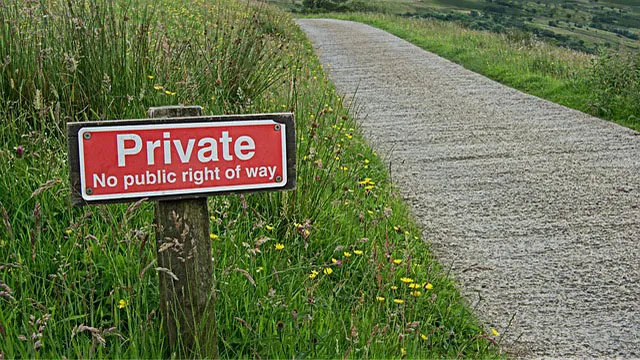All ETFs in Australia utilise a structure where each investor owns “units” which give an ownership share in the overall assets held by the fund. These ETF units are issued by a “unit trust”, which holds the assets of the fund on trust for investors. The structure used for ETFs is the same structure used by most traditional managed funds in Australia.
First, some jargon explained. When an asset is held “on trust”, it means there is a “trustee” of the asset, ie an entity that administers the assets on behalf of others, and a “beneficiary,” ie the person or entity on whose behalf the asset is held – ordinarily the investor.
A “trust” structure is important for investor protection, as it means that ETF assets do not form part of the trustee’s personal assets-they can only be held for the benefit of investors.
Now that we have the technical terms out the way, as an investor, the safe-keeping of your investment should be a high priority and ETFs are governed by a strong set of legal arrangements regarding the ownership of the assets.
What the trustee can and can’t do with the assets they are administering is strictly controlled by the ETF’s constitution and product disclosure statement (“PDS”). These documents essentially contain the terms and conditions associated with the financial product, including how assets are to be held and invested.
In Australia, ETFs are also governed by “managed investment scheme” laws which provide a high level of investor protection regulation. Under these laws, ETF assets must either be held by the trustee itself for the benefit of investors or, more commonly, by a separate, professional, licensed entity, called a custodian, appointed by the trustee. The role of the custodian is to hold the ETF assets for the trustee for the benefit of the unitholders, and only to permit the trustee to transact with them. This is similar to holding your personal assets in a safe custody box at your local bank, although of course the value of the ETF’s assets will rise and fall depending on market conditions.
So in the case of an ETF, the assets are kept safe through a combination of measures:
- All ETFs are issued using a unit trust structure;
- The assets of the unit trust are owned by the trustee, which can only use them for the benefit of unitholders as permitted by the ETF’s constitution and PDS;
- The ETF units give each unit holder an ownership share in the assets of the ETF as a whole;
- For further investor protection, the ETF assets are commonly held by a separate custodian, providing an extra layer of protection.
Knowing the structure of ETFs and who ultimately owns the assets of the funds should provide investors with the comfort that their funds are overseen by strict laws and procedures.
This post was originally published at the BetaShares Blog at www.betasharesblog.com.au/who-owns-the-assets-in-my-etf
